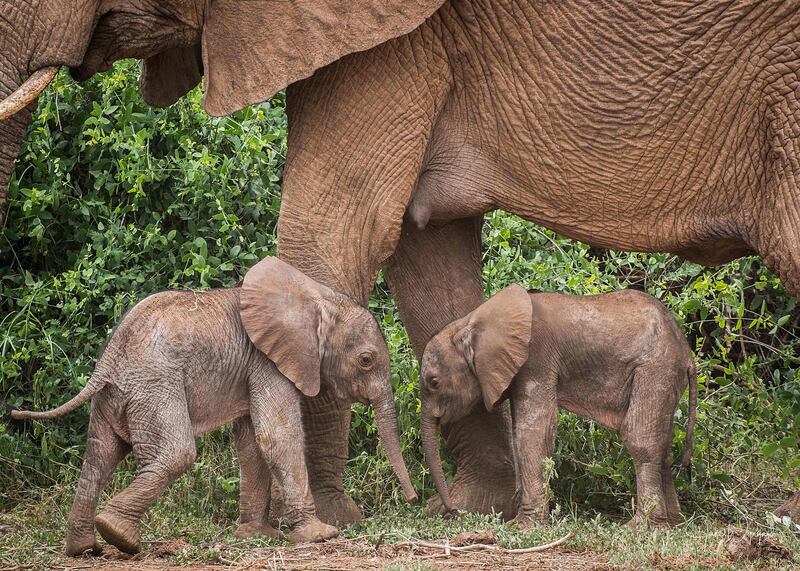As few as three criminal gangs are responsible for the bulk of ivory smuggling from thousands of poached elephants every year in Africa, new research has revealed.
Analysts used DNA to discover that tusks from the same slaughtered herds were split up and shipped out in containers from African ports sometimes thousands of miles apart.
They said that their findings suggested highly organised gangs that had been operating for decades and were able to shift their shipping operations around Africa to evade detection.
The study – a collaboration between the US Department for Homeland Security and the University of Washington – concluded that the rival gangs were working closely to secure profit rather than adopt the cut-throat tactics of mafia groups and South American drug cartels.
They also worked with timber smugglers and other criminals involved in smuggling pangolin – the world’s most trafficked mammal prized for its supposed medicinal qualities – to fill containers with contraband.
Researchers tested more than 4,000 elephant tusks from dozens of ivory seizures across Africa over a 17-year period to try to identify familial DNA links that suggested the ivory was coming from the same herds.
“When we did that, it was astounding what we found,” said Prof Samuel Wasser, director of the Centre for Environmental Forensic Science at the University of Washington, in the US. “We had dozens of shipments that were tightly connected by multiple familial matches.”
Previous work had identified three major gangs operating from Kenya, Uganda and Togo but many of the criminals were walking away with light sentences as investigators were failing to link individual seizures with a much bigger operation. Sometimes the tusks from the same animal were being seized from containers at ports in different countries.
Prof Wasser cited the case of Feisal Mohamed Ali, from Mombasa, Kenya, who was sentenced to 20 years in jail in 2016 after the discovery of three-tonne haul of elephant tusks in the port city. The conviction was quashed after he had served only two years due to evidence tampering.
But researchers discovered an elephant DNA link that connected the Mombasa ivory stash with other shipments in Uganda and a large stockpile in Burundi. Other evidence, such as phone records, suggested a much larger criminal operation.
Prof Wasser and special agent John Brown from the Department of Homeland Security said the DNA breakthrough could lead to tougher sentences for wildlife traffickers if they are shown to be part of larger operations.
Their paper, published today in the journal Nature Human Behaviour, said about 100,000 African elephants were lost to poachers between 2007 and 2015 but authorities were struggling to catch the traffickers.
Gangs shared tactics during hotel meetings that were likened to business seminars. Most of their contraband is sent abroad on cargo ships, hidden inside a handful of about one billion containers moving around the world annually.
“These methods are showing us that a handful of networks are behind a majority of smuggled ivory and that the connections between these networks are deeper than even our previous research showed,” Prof Wasser said.






